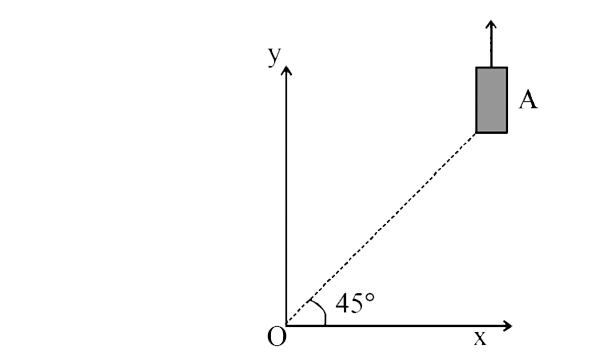∫sinx√sin2x+cosx+2cos2xdx
To solve the integral I=∫sinx√sin2x+cosx+2cos2xdx, we can follow these steps:
Step 1: Simplify the Denominator
We start with the expression in the denominator:
sin2x+cosx+2cos2x
Using the Pythagorean identity sin2x+cos2x=1, we can rewrite this as:
sin2x+cos2x+cosx+cos2x=1+cosx+cos2x
Thus, we have:
I=∫sinx√1+cosx+cos2xdx
Step 2: Substitution
Let t=cosx. Then, the derivative dt=−sinxdx or sinxdx=−dt. Substituting these into the integral gives:
I=∫−dt√1+t+t2
This simplifies to:
I=−∫dt√t2+t+1
Step 3: Completing the Square
To simplify the expression under the square root, we complete the square:
t2+t+1=(t+12)2+34
Thus, we can rewrite the integral as:
I=−∫dt√(t+12)2+(√32)2
Step 4: Use the Integral Formula
We use the formula:
∫dx√a2+x2=log∣∣x+√x2+a2∣∣+C
In our case, we have a=√32 and x=t+12:
I=−log∣∣
∣∣t+12+√(t+12)2+34∣∣
∣∣+C
Step 5: Substitute Back
Substituting back t=cosx:
I=−log∣∣
∣∣cosx+12+√(cosx+12)2+34∣∣
∣∣+C
Final Answer
Thus, the integral evaluates to:
I=−log∣∣
∣∣cosx+12+√(cosx+12)2+34∣∣
∣∣+C
We start with the expression in the denominator:
sin2x+cosx+2cos2x
Using the Pythagorean identity sin2x+cos2x=1, we can rewrite this as:
sin2x+cos2x+cosx+cos2x=1+cosx+cos2x
Thus, we have:
I=∫sinx√1+cosx+cos2xdx
Let t=cosx. Then, the derivative dt=−sinxdx or sinxdx=−dt. Substituting these into the integral gives:
I=∫−dt√1+t+t2
This simplifies to:
I=−∫dt√t2+t+1
To simplify the expression under the square root, we complete the square:
t2+t+1=(t+12)2+34
Thus, we can rewrite the integral as:
I=−∫dt√(t+12)2+(√32)2
We use the formula:
∫dx√a2+x2=log∣∣x+√x2+a2∣∣+C
In our case, we have a=√32 and x=t+12:
I=−log∣∣
∣∣t+12+√(t+12)2+34∣∣
∣∣+C
Substituting back t=cosx:
I=−log∣∣
∣∣cosx+12+√(cosx+12)2+34∣∣
∣∣+C
Thus, the integral evaluates to:
I=−log∣∣
∣∣cosx+12+√(cosx+12)2+34∣∣
∣∣+C
Similar Questions
√sin2xcos2x
View Solution∫sinx√1+cosxdx
View SolutionEvaluate: ∫sinx√cos2x−2cosx−3 dx
View SolutionEvaluate the following integrals.
∫sinxcosx(sin2x+cos2x)dxView SolutionEvaluate: ∫cosx√sin2x−2sinx−3dx
View SolutionIf x∈(0,π2),thenshowthat ddxcos−1{72(1+cos2x)+(√sin2x−48cos2x)sinx} =1+7sinx√sin2−48cos2x
View SolutionSolve the equation √32sinx−cosx=cos2x
View SolutionSolve the equation √32sinx−cosx=cos2x
View SolutionOn a frictionless horizontal surface , assumed to be the x−y plane , a small trolley A is moving along a straight line parallel to the y−axis ( see figure) with a constant velocity of (√3−1)m/s . At a particular instant , when the line OA makes an angle of 45(∘) with the x− axis , a ball is thrown along the surface from the origin O. Its velocity makes an angle ϕ with the x− axis and it hits the trolley .
(a) The motion of the ball is observed from the frame of the trolley . Calculate the angle θ made by the velocity vector of the ball with the x−axis in this frame .
(b) Find the speed of the ball with respect to the surface , if ϕ=(4θ)/(3).
 View Solution
View SolutionEvaluate: ∫cosx√sin2x−2sinx−3 dx
View Solution

